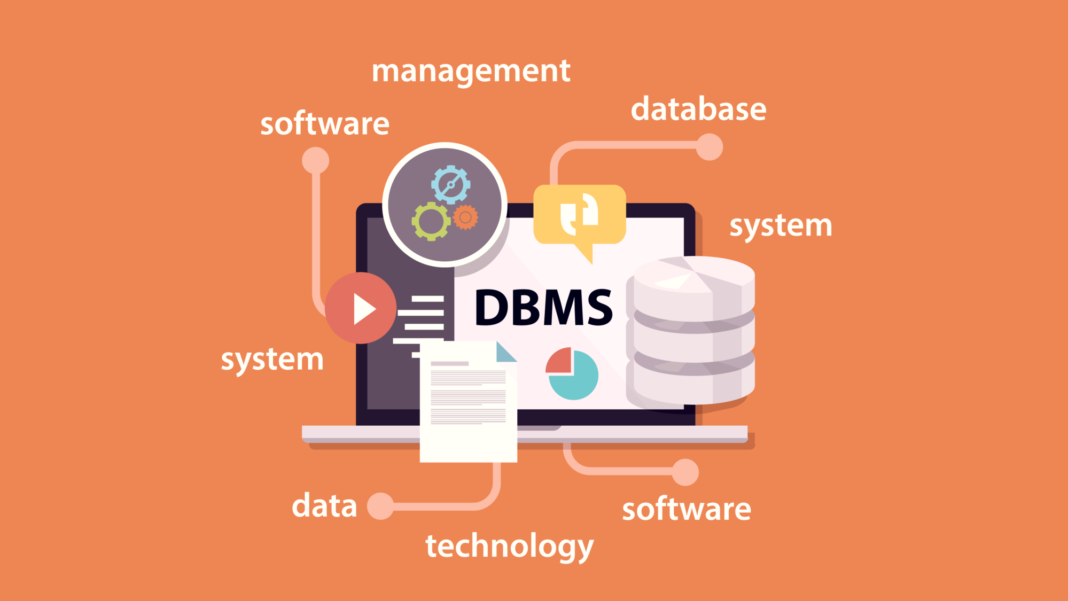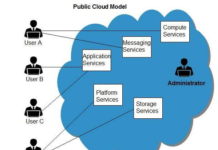Database Management system(DBMS) is system software for creating and managing databases. A DBMS makes it possible for end users to create, protect, read, update and delete data in database.
In large systems, a Database Management system (DBMS) helps users and other third party software to store and retrieve data. A DBMS allows users to create their own databases as per their requirements and provides an interface to perform various operations.
What does a DBMS do?
The Database management system(DBMS) manages the data; the database engine allows data to be accessed, locked and modified; or the database schema defines the database’s logical structure. These three foundational elements help provide concurrency, security, data integrity and uniform data administration procedures. Typical database administration tasks the DBMS supports include change management, performance monitoring and tuning, security, and backup and recovery. Most database management systems are also responsible for automated rollbacks and restarts as well as logging and auditing of activity in databases.
Benefits of using a DBMS
One of the most important advantage of using a DBMS is that lets end users and application programmers access and use the same data concurrently while managing data integrity. Data is protected and maintained when it can be shared using a DBMS instead of creating new iterations of the same data stored in new files for every new application. The DBMS provides a central store of data that multiple users can access in controlled manner.
What are the components of a DBMS?
- Storage engine
- Metadata catalog
- Database access language
- Optimization engine
- Lock manager
- Log manager
DBMS use cases
- Most commercial airlines rely on DBMS for data-intensive applications such as scheduling flight plans and managing customer flight reservations.
- Applications include storing customer information, account information, tracking account transactions — including withdrawals and deposits — and tracking loan payments. Example- ATMs






